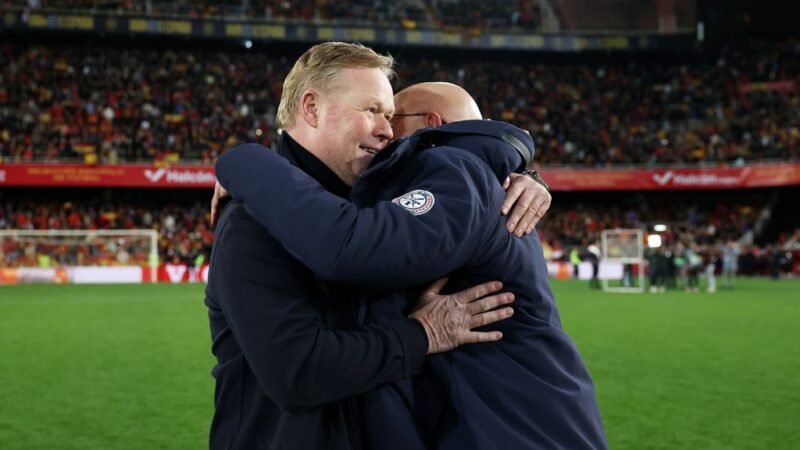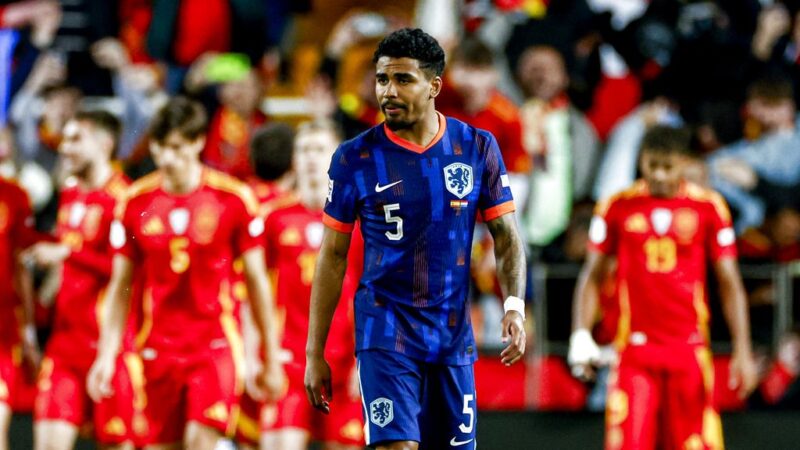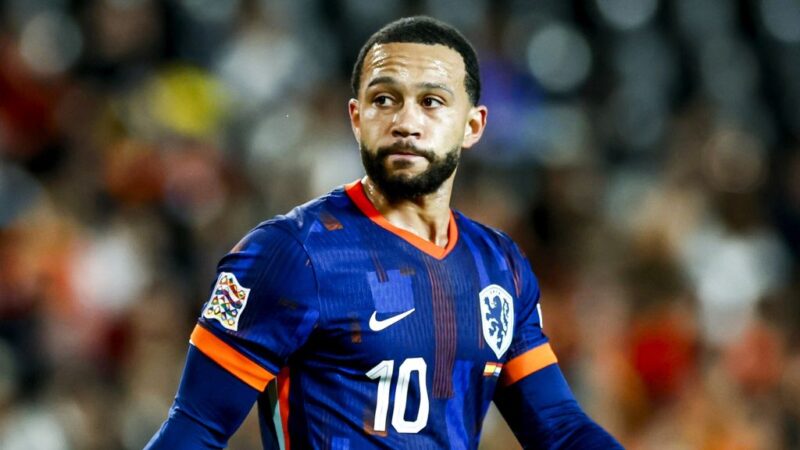‘A tsunami of knee injuries is coming’
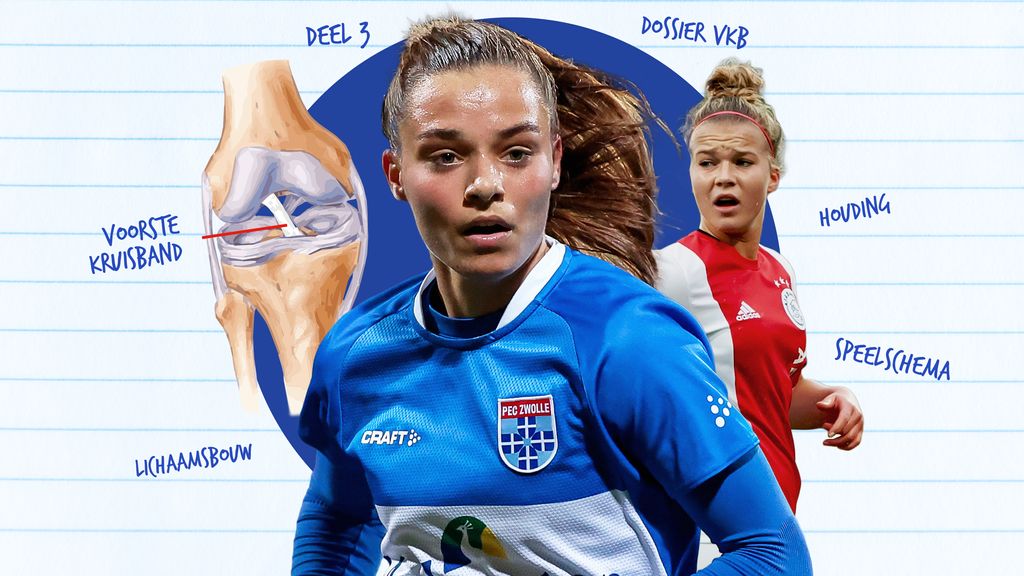
NOS Football–
-
Jonna ter Veer
editor of NOS Sports
-
Jonna ter Veer
editor of NOS Sports
Of all the top soccer players who competed last year for the Ballon d’Or were nominated, a quarter are sitting at home with an anterior cruciate ligament injury. How is this possible? In a series of three stories, NOS Sport dives into this topic. Today part 3: Who protects teenage soccer players, who are especially vulnerable?
Experts worry about anterior cruciate ligament injuries among adolescent soccer players. Girls are at high risk. Prevention programs work, but are hardly used, especially in youth. “More and more girls are playing soccer. In ten years, this problem will be huge,” says Evert Verhagen, professor of Sport, Exercise & Health at Amsterdam UMC.
Edwin Goedhart, KNVB sports medicine manager, agrees: “It’s like putting sandbags in front of the beach when you know a tsunami is coming.”
Orthopedists and sports doctors we speak to are also deeply concerned about the health of soccer players. Physical therapist Joris Buijtendijk: “We see this patient group frequently in our sports center and they are getting younger and younger. This has been increasing for ten years.”
One in four
Girls are four to eight times more likely to suffer a cruciate ligament injury than boys. One in four women retear her cruciate ligament (often the other side).
Finnish research shows that the number of anterior cruciate ligament injuries in children under the age of 18 doubled from 2004 to 2014. Researchers saw the largest increase in this injury (143 percent) in girls aged 13 to 15.
Fiona Brewer (now 29) can relate to that. She was scouted by the KNVB at age seven, played matches for her own club and the league. When she was 12, she tore one cruciate ligament, a year later the other side, and at 16, she was hit again.
“After five operations and eight years of rehabilitation, I am doing well, but I will never be allowed to play team sports or ‘dangerous’ individual sports again.”
Prevention
Is this serious knee injury largely preventable? Yes, say all the experts we talk to: with a prevention program. Norwegian research among handball players showed that their anterior cruciate ligament injuries decreased by half after preventive exercises. American research focused on soccer players showed similar results.
You have to start these exercises at a young age, Verhagen argues: “At seventeen, you’re actually already too late.”
How intense it is to tear your anterior cruciate ligament tells ADO player Kirsten van de Westeringh (21):
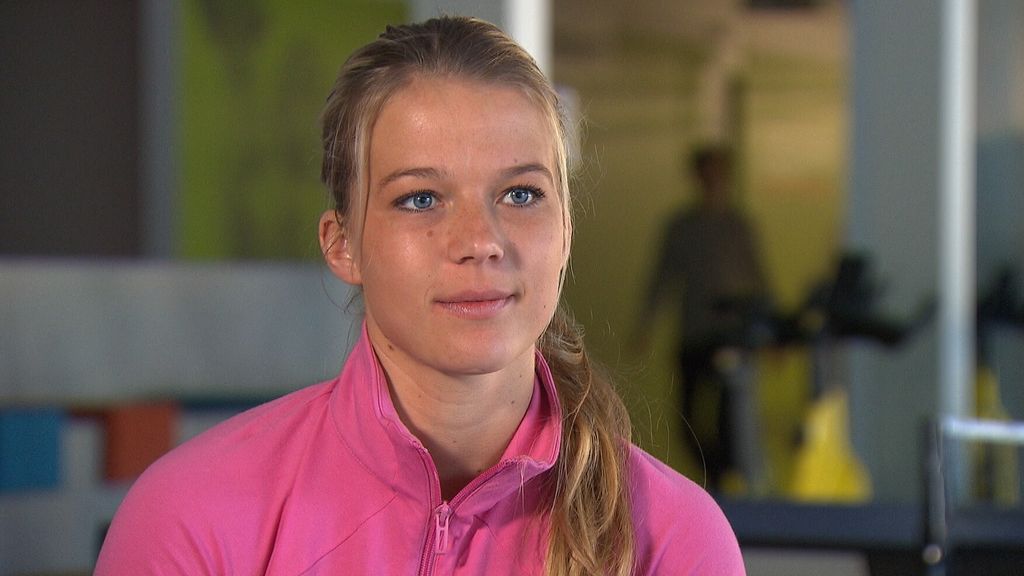
Rehabilitating Van de Westeringh: “I screamed: why me, why now!
Are prevention drills used by clubs with youth? Players we spoke to for this story say not.
‘Never injuries’
Naomi Hilhorst (21) of PEC Zwolle, is now home for the second time with an anterior cruciate ligament injury. “I played from the age of 10 at FC Twente. There we did a warm-up and some planking exercises, but no prevention.” She adds, “I never had injuries, it wasn’t necessary either, I thought.”
That exercises are hardly used by clubs in youth, including boys, has two reasons, says Goedhart, manager of sports medicine at the KNVB. “There are not enough trained trainers, often parents train the kids,” he says. And, he knows, “In that hour of training, you don’t want to spend twenty minutes on prevention, but above all play nice soccer.”
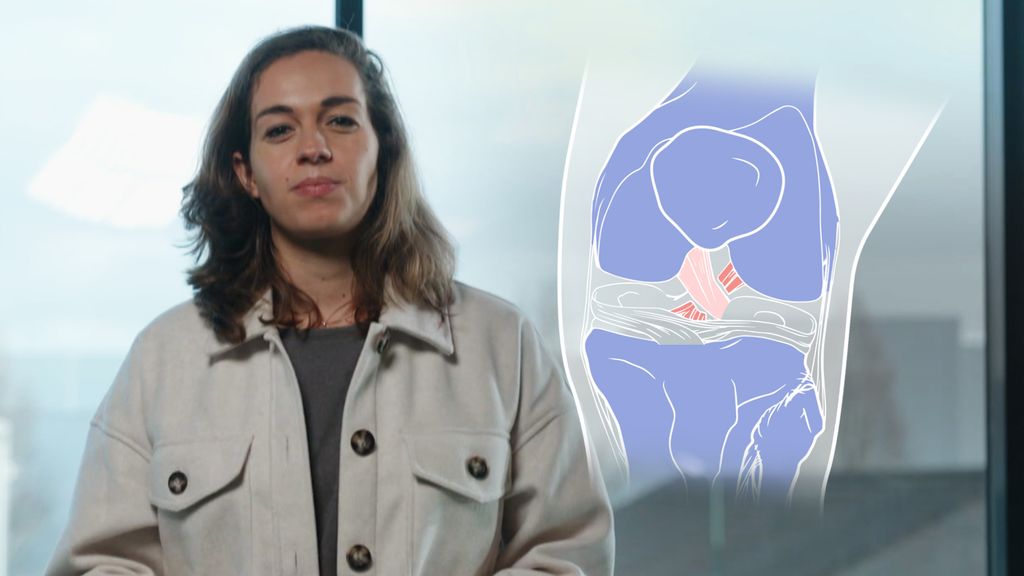
Sportexplainer: buckling knees in women’s soccer
The KNVB is offering clubs a series of short prevention exercises through “Rinus,” the online platform for all youth coaches. Use is not mandatory. “How do you want to control that with some 600,000 youth members?” said Goedhart.
Make it fun
If you want exercises to be effective, you have to make them challenging, knows Anne Benjaminse, a sports scientist at the University of Groningen. She is working on prevention exercises specifically for teenage soccer players. For her research, which will last until 2025, she is working with talented soccer girls ages 12 to 18.
“We incorporate injury prevention drills into regular soccer training, drills that are fun and don’t take extra time. They feel like a regular workout.”
Trainers teach Benjaminse to look not only at performance, but also at prevention. “We know this knee injury is common in defensive action. We practice anticipating feints, but ask trainers to pay attention not only to whether the action succeeds, but also whether it is executed optimally. Does her knee stay above the foot? Does she land deep enough to catch her weight?”
Trick for your brain
Teens teach them to kneel deeper on a defensive move by saying “pretend to sit on a chair” or “make as little noise as possible when landing.”
“The more visual you make it, the better players perform the move ‘subconsciously,'” Benjaminse said. “Then they do the right movement automatically, without thinking.”
These are sport-specific skills that you can train, also says sports professor Verhagen. You have to start doing that at a young age, Verhagen and Benjaminse say. Not just at the club.
Verhagen: “There is movement poverty in the Netherlands. Children don’t play outside enough, in situations where they can fall, for example. That’s necessary, because that’s how you train muscle smarts and proper falling. You can’t expect a soccer club to teach your child all motor skills in that one hour.”
Negligence
Professor Verhagen believes there should be a centrally driven approach: “Now injury prevention is too non-committal for clubs.”
He goes even a step further. “I think not actively offering such a program is a form of negligence. I wouldn’t be surprised if soon a player who was injured sues the club for not sharing knowledge and exercises.”
The only thing you can do now as a parent or player is to sound the alarm with your club, coach or trainer. “Demand an injury prevention program.”
Benjaminse wants her research findings to be used in sports and coaching education. “If we want to get rid of this problem, we need to train coaches in this and not just the physio. If this is done properly, there will be hope for soccer players in 10 years.”
This is the third and final story in our series on anterior cruciate ligament injuries in women’s soccer. Previous stories can be read here and here. Want to comment on this story? Then send a message to vrouwenvoetbal@nos.nl.


